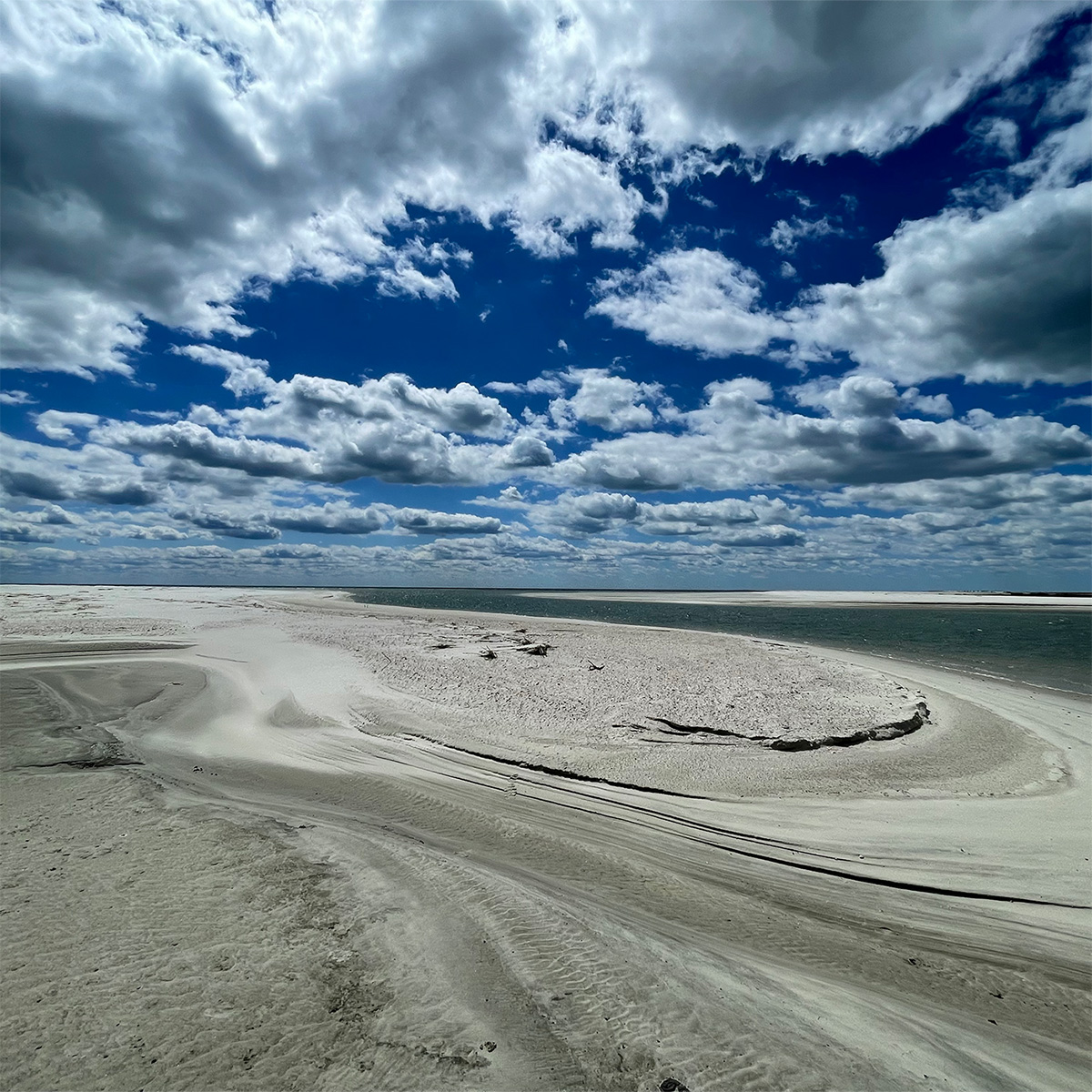Hunting Island Beach Drop
EXPERIENCE BOTH LAND & SEA
Hunting Island consists of more than the iconic beaches and forested trails– vast expanses of estuary that lie behind the island are also protected by the State Park system. The Hunting Island Beach Drop tour gives you an opportunity to experience these estuaries and beaches in one trip.
THE HUNTING ISLAND BEACH DROP IS BOTH FUN & EDUCATIONAL
This surf and turf opportunity lets you learn about the salt marsh estuary and the rapidly changing barrier island ecosystem. The naturalist onboard will teach you about the ecosystems that surround Hunting Island and help you identify a variety of wildlife.

WILDLIFE & STUNNING VIEWS
We typically see wildlife like bottlenose dolphins, shorebirds, osprey, bald eagles, and even the occasional shark cruising the shoreline.
Once on the beach you may see the nests of loggerhead sea turtles, horseshoe crabs, and a variety of shells that occupy the boneyard beach on Hunting Island.
GATHER A GROUP AND COME ON!
This 4 hour adventure is a great outing for all ages and is the perfect introduction to the beauty of the Lowcountry. Get a group of friends and family together to experience all that Hunting Island has to offer.
Hunting Island Beach Drop details
TOUR INFO
Adults: $45
Children 3-12: $25
Children 2 & under: Free
4 hours
WHERE TO MEET
ST. HELENA BASECAMP
1928 Sea Island Parkway
St. Helena Island, SC
From Hunting Island State Park, turn right and drive 5.9 miles. Coastal Expeditions will be on the left.
THINGS TO KNOW
Bring drinking water, sunscreen, and binoculars if you have them! A beach towel and small cooler are also welcome.
Dress for the weather and wear a hat and sunglasses. A light windbreaker or raincoat is encouraged, even on warm days.
LOOKING OUT FOR WILDLIFE
On Coastal Expeditions tours, we are careful not to do any thing that interferes with a wild animal’s natural behavior. On our boat tours, we follow practices that are taught to us by the Lowcountry Marine Mammal Network to ensure that we never cause Atlantic bottlenose dolphins or other any other wildlife stress.
Once on the beach we educate the group on the best ways to let shorebirds rest and nest so they can continue on in their migration journey or successfully raise the next generation.
